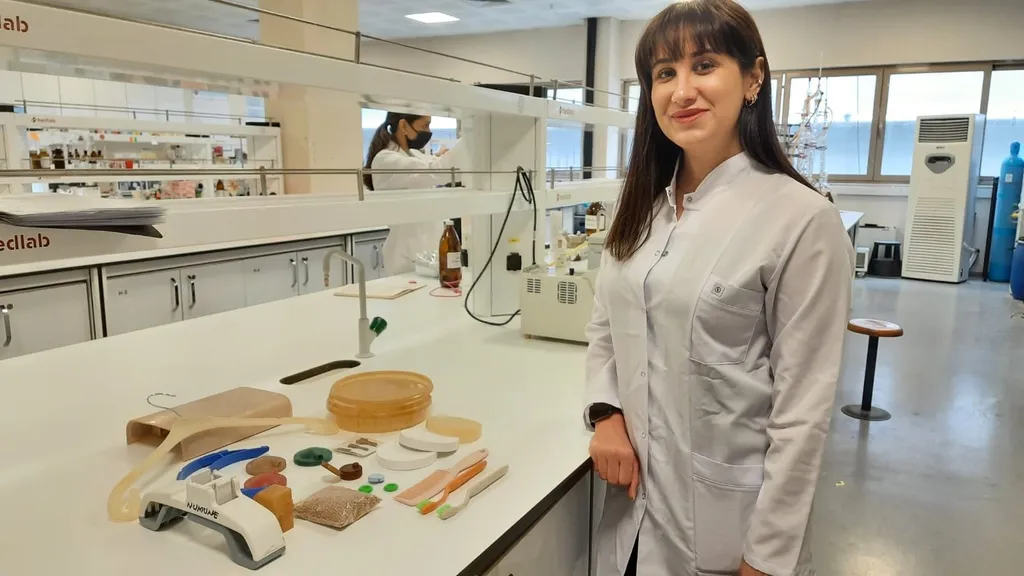In the heart of Ankara, Turkey, a groundbreaking study led by Adak Ezgi from Gazi University is turning agricultural waste into a powerful tool for environmental monitoring. The research, published in the Serbian Journal of Chemistry (Srpsko hemijsko društvo), focuses on the green synthesis of silver nanoparticles using waste olive leaves, offering a sustainable and sensitive method for detecting pesticides.
Pesticides, while crucial for crop protection, pose significant risks to human health and the environment. Traditional methods of detecting pesticide residues, such as chromatography, are often time-consuming and complex. Ezgi’s research introduces an innovative solution: electrochemical sensors modified with silver nanoparticles synthesized from olive leaves.
“The unconscious use of pesticides creates residues in foods and causes water and soil pollution,” Ezgi explains. “Quick and easy determination of pesticide residues is important for environmental inspections. For this reason, it is necessary to develop alternative methods to traditional methods.”
The study utilizes waste olive leaves as an electron precursor in the green synthesis of silver nanoparticles (OL-AgNPs). These nanoparticles are then used to modify carbon paste electrodes, enhancing their sensitivity for detecting pesticides like cyprodinil and mepanipyrim, as well as other analytes such as thiocholine and hydrogen peroxide.
The results are promising. The modified carbon paste electrodes demonstrated greater sensitivity compared to unmodified electrodes, indicating their potential for practical and rapid pesticide analysis. This innovation could revolutionize environmental monitoring, providing a quicker, more cost-effective, and eco-friendly alternative to traditional methods.
The implications for the agricultural and environmental sectors are significant. With the growing demand for sustainable practices, the use of agricultural waste in the synthesis of nanoparticles presents a dual benefit: reducing waste and developing advanced analytical tools. This research could pave the way for future developments in electrochemical sensors, offering a greener and more efficient approach to environmental monitoring.
As Ezgi’s work gains traction, it highlights the importance of interdisciplinary research in addressing global challenges. By combining chemistry, agriculture, and environmental science, this study not only advances the field of electrochemical sensors but also underscores the potential of waste materials in creating sustainable solutions.
In a world grappling with environmental concerns, Ezgi’s research offers a beacon of hope, demonstrating that innovation and sustainability can go hand in hand. As the scientific community continues to explore the potential of green synthesis and electrochemical sensors, the future of environmental monitoring looks brighter and greener.

